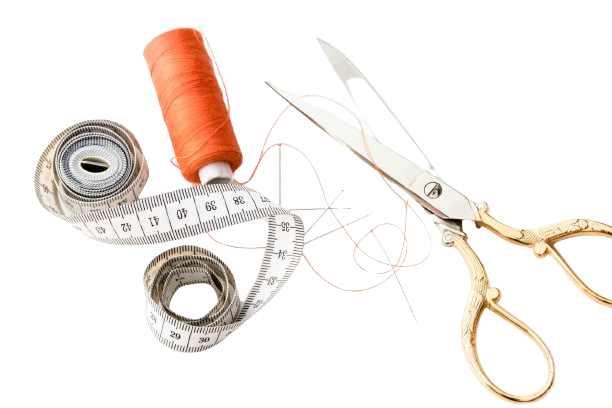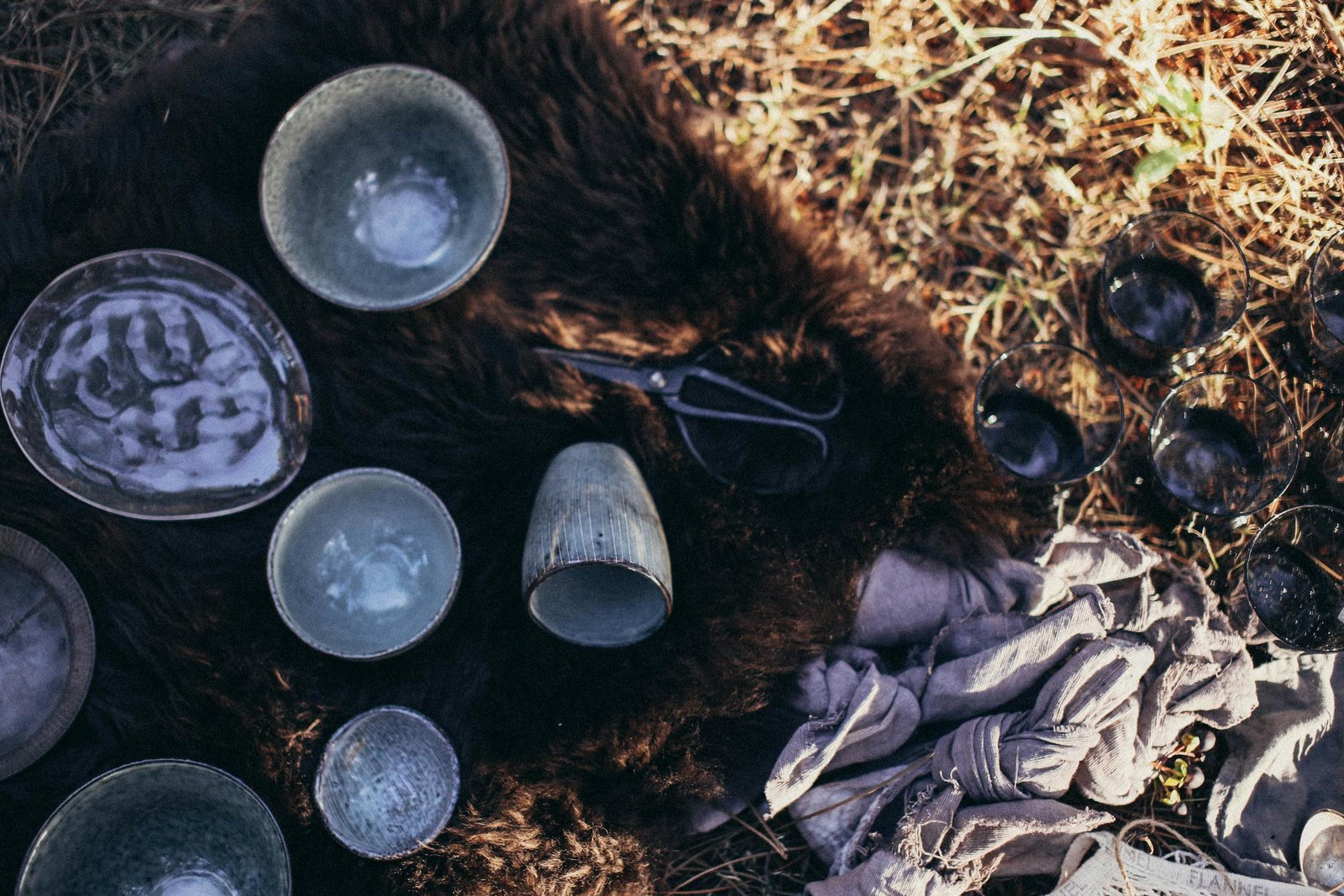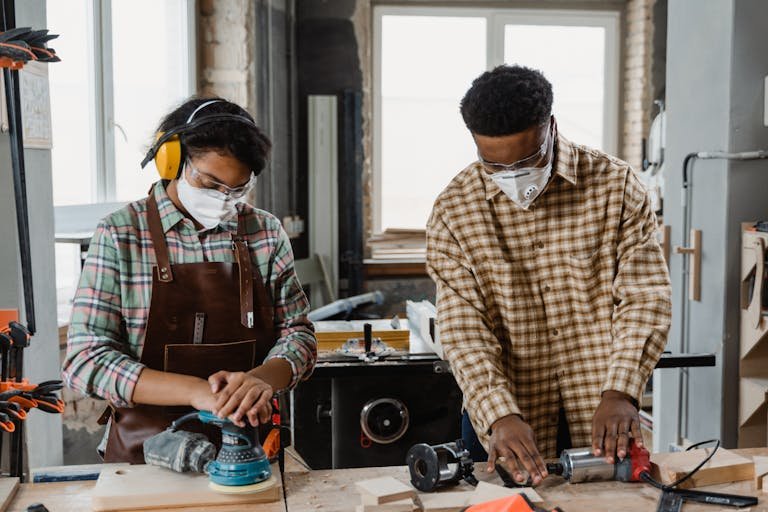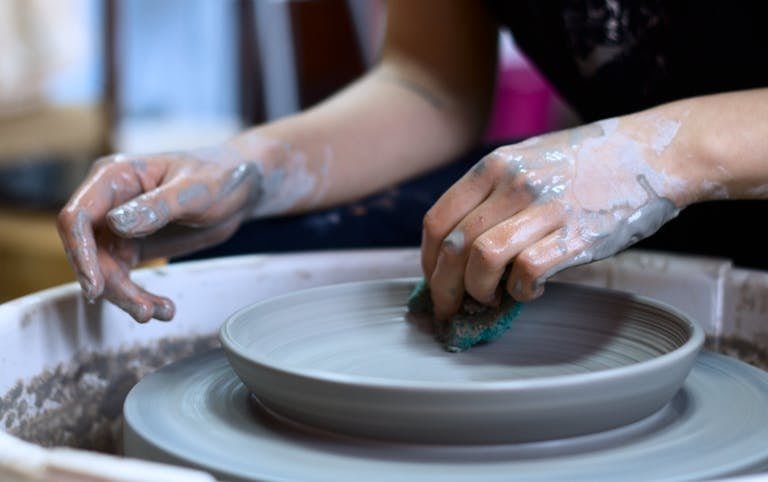Bone Dry Clay: Ultimate Guide to Crafting & Care
Bone dry clay is a term frequently used in ceramics to describe a specific stage of the clay drying process. After this stage, the clay becomes dry and is waiting for the first firing known as bisque firing. Consequently, understanding of the characteristics, handling, and significance of bone-dry clay is imperative for anyone involved in ceramics. This comprehensive guide will explore What is Bone Dry Clay? providing information on its nature, how it is made, how it is used, and much more.
Understanding Bone Dry Clay
Definition of Bone Dry Clay
Bone dry clay is the final stage in the drying process before the clay undergoes bisque firing. At this stage the clay is thoroughly dry, therefore it is extremely friable and hence prone to cracking. The term “bone dry” means the extremity of the state in which the clay reaches a condition when it becomes as hard and dry as a bone.
Characteristics of Bone Dry Clay
Appearance
When the clay is bone dry, it has a much lighter shade than the clay that has been moist. On the surface, the texture appears to be a fine powdery substance that resembles chalk.
Texture
Bone-dry clay has lost all of its plasticity and has the texture of being hard and brittle. That means, it can easily turn to powder if not handled carefully.
Weight
Bone dry clay is lighter in weight as compared to other clays because there is no water content in it. The elimination of moisture makes the clay slightly thicker and less weight than the earlier form.
Shrinkage
During the firing process, when clay turns to the bone dry state, it undergoes significant shrinkage. This is perfectly acceptable and must be taken into consideration as a part of the original conception of the work.
The Importance of Bone Dry Clay
The bone-dry stage is a critical phase in the making of ceramics. To successfully execute the subsequent firing phases, appropriate management of this phase is crucial. This is one of the most delicate stages where the clay is easily broken during handling yet should not be wet at all to avoid negative effects during firing.
The Drying Process
Stages of Clay Drying
- Plastic Stage: The clay is sticky and damp which makes it easy to model.
- Leather Hard Stage: The clay is drier now and is a little harder which is ideal for carving and for joining other parts of the model.
- Bone Dry Stage: The clay is bone dry now and is free for bisque firing.
Factors Affecting Drying Time
- Climate and Humidity: In this case, higher humidity lengthens the time for the paintings to dry while dry weather shortens the time required for drying.
- Thickness of the Piece: Thick pieces also require more time to dry than the thin ones do.
- Airflow: Good air circulation can help in ensuring that the clay is dried evenly.
How to Ensure Even Drying
To achieve even drying and avoid cracks or warping:
- Covering: Employ the use of plastic covers or damp cloths to further help minimize the rate of drying in a given area if needed.
- Turning Pieces: Rotate the pieces now and then so that they dry out evenly.
- Monitoring: Make sure to monitor the progress of drying and change conditions as necessary.
Read Also: Elevate Your Soap Game: Stunning Packaging
Handling Bone Dry Clay
Precautions and Best Practices
- Gentle Handling: Clay that is bone dry can barely withstand even the lightest manipulation with hands, as it is incredibly brittle. It should be handled with a lot of care to ensure that does not break.
- Avoid Moisture: Do not expose dry bone pieces to moist conditions to avoid dehydration and consequent loss of strength.
- Storage: Store bone-dry pieces in a safe, dry place until they are ready to be fired.
Common Issues and Solutions
- Cracking: When cracks occur, they can be fixed with a slip from the same clay body, but it is more beneficial to do this at the leather hard stage.
- Dust: Bone-dry clay can generate a lot of dust. Work in a well-ventilated area and use masks to avoid inhalation.
Preparing for Bisque Firing
What is Bisque Firing?
Bisque firing is the initial firing of the clay piece at a lower temperature to convert it into a durable, semi-vitrified state. Before glazing and final firing, this stage is important.
Importance of Bone Dry State Before Firing
The play is to make sure the clay is dry before bisque firing to prevent an explosion in the kiln due to the trapped moisture. Despite using it for a short time, any form of moisture accumulation can cause the formation of steam that leads to cracking or even breaking.
Loading the Kiln
- Spacing: Ensure there is some space between the pieces to facilitate equal distribution of the heat.
- Support: Take kiln shelves and stilts to place on pieces to avoid warping.
- Temperature: Stick to the precise firing regime depending on the clay type for best performance.
Types of Clay and Their Drying Behavior
Earthenware
- Characteristics: Earthenware is highly permeable and the products made from this type of clay are fired to a lower temperature than other types of ceramics. It is quite versatile and hard-wearing; it also has a moderate drying time.
- Drying Tips: It is also important to dry it evenly to prevent the formation of cracks, and to handle it carefully if it becomes absolutely dry.
Stoneware
- Characteristics: Compared to earthenware, stoneware is more dense and less porous, with a higher firing temperature. It is durable and good for utilitarian wares.
- Drying Tips: Stoneware takes longer to dry since it is very dense compared to other clay bodies. This should be done carefully to allow for proper drying of the clothes.
Porcelain
- Characteristics: Porcelain is known for its fine texture and translucency. It is very plastic when wet but becomes extremely brittle when bone dry.
- Drying Tips: Drying porcelain is slow and delicate to prevent the clay from warping and cracking. If possible use controlled environments.
Advanced Techniques in Managing Bone Dry Clay
Drying Cabinets
Drying cabinets offer a particular climate zone with variable temperature and moisture content. This is especially helpful in commercial studios or for serious production potters who have to monitor the drying process keenly.
Humidity Chambers
Humidity chambers are utilized to adjust the process of drying and avoid possible cracking or warping of the leather. They are particularly useful for bigger or more complicated studies.
Controlled Drying Techniques
- Gradual Uncovering: This way, new pieces can be brought in gradually and the conditions can go from wet to bone dry without making any abrupt changes.
- Use of Drying Racks: Drying racks also help to position the piece in such a way that it is exposed to air and dried uniformly.
Read Also: Decode Crochet: What Does “SK” Mean?
Closing Words
Bone dry clay is a critical stage in the ceramics process, representing a transition from malleable material to a permanent, fired piece. Understanding its properties, handling techniques, and the firing process is essential for producing high-quality ceramic art. By following best practices and taking proper precautions, you can ensure that your bone-dry clay projects are successful and rewarding.







